The division of perennials is a way to obtain a new material for planting and at the same time rejuvenate a plant, return it a decorative look. You can start this procedure already at the end of April, but also in May it is not too late to do the upgrade of a flower bed from perennials.
Do not forget only that not all perennials in the garden shows a division.
So, perennials with rod roots (Akvilia, Lupine, bell, korovyat, poppy, mopofin, etc.) The division is carried out badly. For them, other types of breeding are used: cuttings, seeds, grains. Carnation, Rudbecki, Dolphinium and other perennials-minors (short-lived perennials) are better not to divide, but shine.
Lilyniki, geraniums and other unpretentious perennials can do without rejuvenation for years, but if you carry out the division of the bush, then bloom will improve.
Why divide perennials in spring
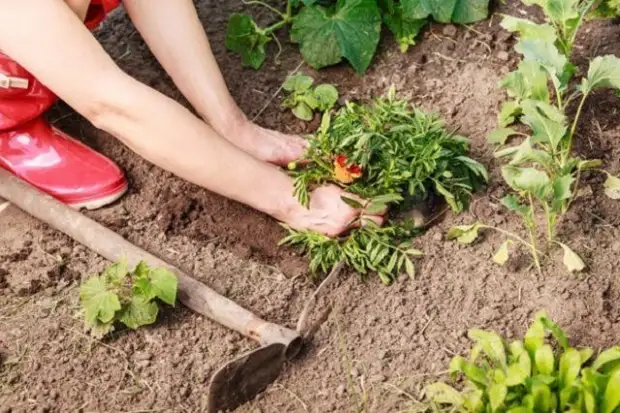
Why do you need to share garden perennials? It seems to grow yourself and grow ...
However, they, like any other cultures, need a certain area for proper development. If the roots and vegetative mass of the plant are closely, the power is disturbed, the perennial can be very stretched in search of space, not bloom and get sick. In addition, overly thickened places are not so easy to rinse and treat protective solutions.
There are several reasons why perennials share and transplant in the spring.
First, any transplant, and even more so with the division of the bush is stress for the plant. To take care of, growing the root system and prepare for winter, you need to restore time. Spring transplant gives a plant 5-6 months to adapt, which is more than enough.
Secondly, for perennials blooming in the summer and autumn, Spring is the only time when they will be caused by the least damage.
In addition, thanks to the spring transplant, the plants are rejuvenated and an additional planting material is obtained.
How to share perennials
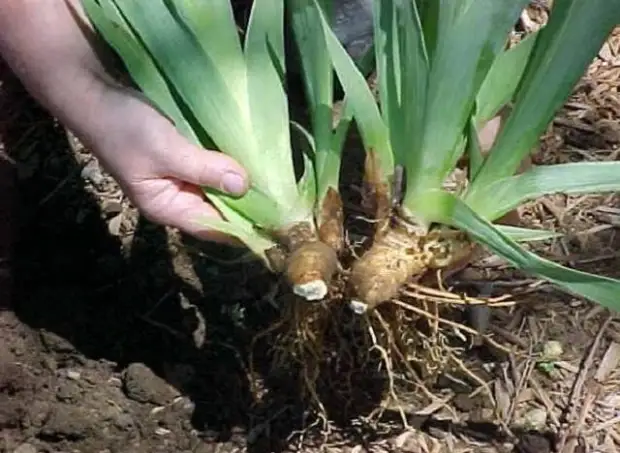
Perennial shrubs for the garden sharing recommended every 3-5 years. In this case, do not rejuvenate all plants in a row. Every year it is enough to pay attention to 1-2 sites of flower beds.
To understand whether the plant needs in rejuvenation, you need to consider the center of the bush. If he is almost "bald", which means, the main roots are already aged, and it is time to displete young side shoots. The signal to rejuvenate the perennials will also be the absence of flowering, the presence of dry stems or excessive thickening of the bush.
Remember that the division needs to be carried out before the main mass of the leaves is growing. And to obtain a deduce (pieces of stalks and bushes with roots), strong young shoots on the sides of the plant are best suited.
The day before the planned procedure, it is necessary to hide the plants abundantly - so they will experience less stress during division. Choose cool cloud weather for dividing so that the roots are not dried underground.
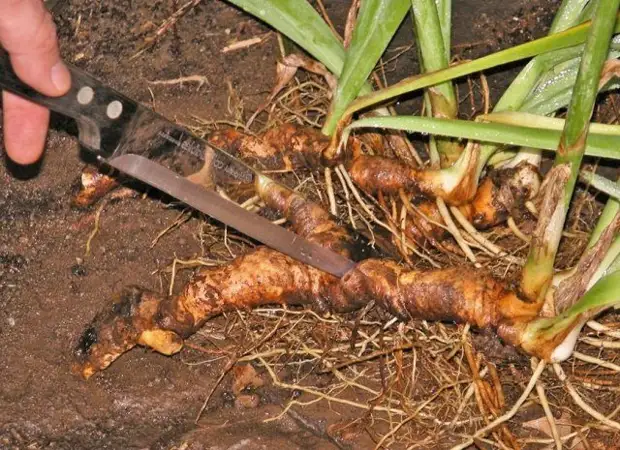
Before proceeding to the work itself, select and prepare the place where you hide young decene. If they stay on the former flowerbed, add a little overwhelmed manure to the well before planting, which will improve the quality of the soil and give a new plant for active growth. To hold moisture, make mulching, for example, straw.
If you want to get a strong plant, the delenka should be shallow. But in this case, be prepared for the fact that abundant bloom you will not see immediately. Although there are among perennials and rare exceptions, better growing from large decene, for example, a buzital.
The process of fissioning perennials can be divided into three stages:
Stage 1 - digging. Carefully, trying not to damage the roots, first sink the selected plant, and then completely free it from the ground. Remove the dead and fired parts. If new plants can be separated without digging the entire bush, then use it and cut the escape with part of the roots. So you reduce the stress for the plant.
Stage 2 - actually division. Divide the root mass, select areas for trimming - the new plant should have at least 3 stems. Mark the growth points and with the help of a sharp secator or garden scissors separate the deceive. Repeat the procedure if the original plant is very large. Cut the roots a little, slightly dry and sprinkle with a torque carbon so as not to make an infection.
Stage 3 - planting perennials. New Dellets will immediately transfer to the prepared areas and thoroughly. Some for the start planted them into a greenhouse or large pots, so that it was easier to monitor the rooting - and only then, a little later, tolerated into the open soil. The price for newly populated plants is standard. However, at first, it is advisable to give them away from the sun and regularly pour out that they are restored faster.
What perennials share in spring
What perennials divide the spring? You can rejuvenate quite a large number of their species:Springnetworked - rental camneur, Introducts finely, the violet horned, Yaskolka felt.
Flowering in summer - a buczunical, Carnish Carnation, Magnificent Core, Coreopsis Lancer, Heel Dosage, Lavender, Lily, Nyurian, Pyrethrum Hybrid, Rogers, Chrysanthemum Korean, Echinacea Purplenaya.
OssennetsNews - Astra Shusta, Anemeon Japanese, Gelenium Autumn, Miscantus, Breakfish, Rudbeckia Brilliant, Solidago, Tsimacyfoot (Calopogon).
Cold-growing cereals - benign. Syrod-cexue, mannicon. Big, oats, Ospel, Merley, Rights bulbous, Sensory, Shuchka, Grivacy barley.
Consider in more detail how to properly propagate some popular types of perennials.
How to propagate phlox
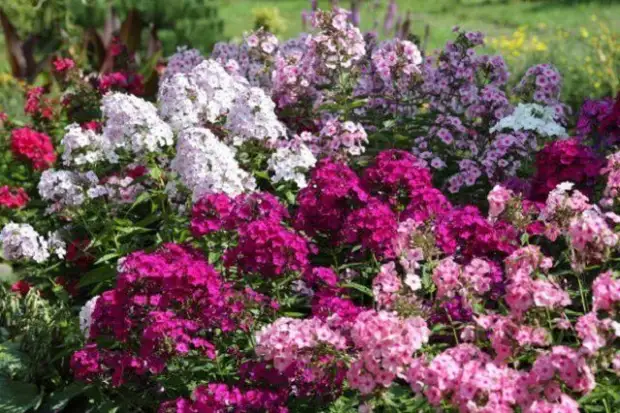
The aging phlox spillway especially needs division, because The older the rhizome of its growing bushes, the worse the phlox winter and more often sick due to the decrease in immunity. Its root system is a short compact rhizome with thin cords-shaped roots. In the spring before the start of the bootonization and strong religion of shoots, simply divide the bush with a shovel into several parts.
How to propagate gelenium
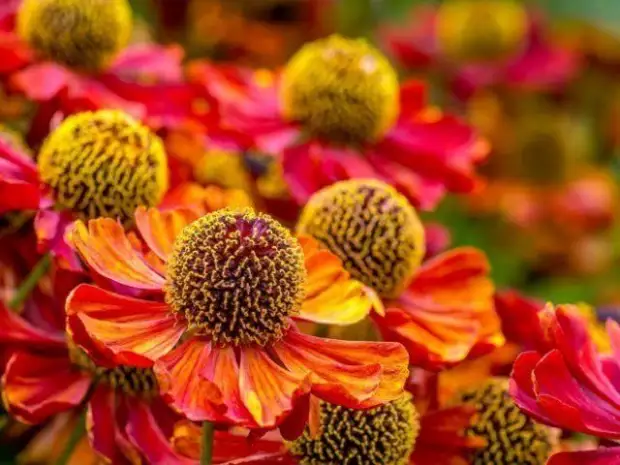
Modify gelenium autumn division better in May. As such a rhizome is missing, and by winter, the stalks die along with the roots. Therefore, after digging the gelenium decomposes on separate outlets of the leaves with roots that are easy to transplant in the right place. In the fall, new sockets are formed with roots, which will give the beginning of the color-point break next year. Because of such a life cycle, gelenium requires the division of the bush every 2 years.
How to propagate Lilyniki
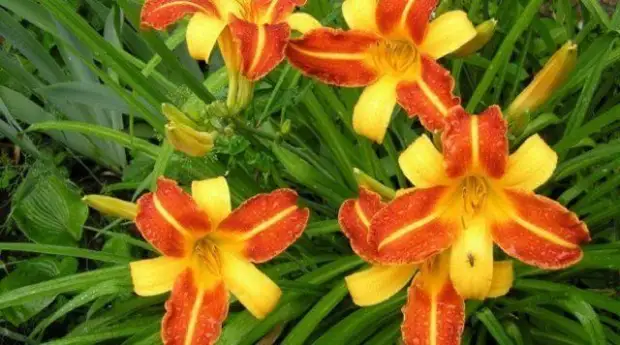
Lilynik - decoration of any flower bed and a beautiful perennial for plots with clay soil. His roots are cordless, often fleshy and thickened. You can disassemble the lilyels (breeding the division of bushes) from spring to autumn, however, if you do this later than May - this year they will not bloom.
How to propagate asters
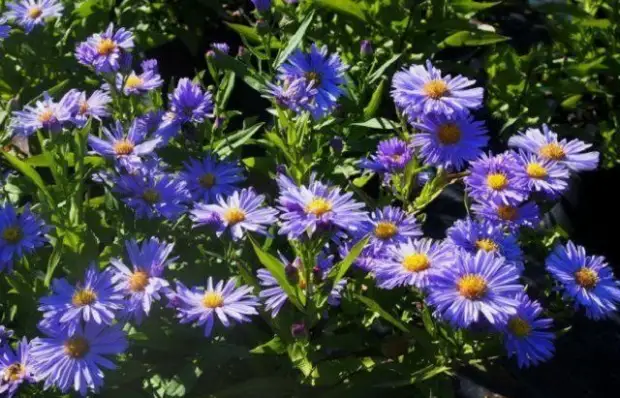
A shrub arrow, blooming from the middle of the summer to the most frosts, reproduce in rootless shoots or cuttings in the spring. Rhizome in the plant is compact, with subsidiaries. When dividing it is necessary to completely remove the old and cut the young roots. On a young plant should be a few stems and part of the root.
How to multiply chrysanthemums
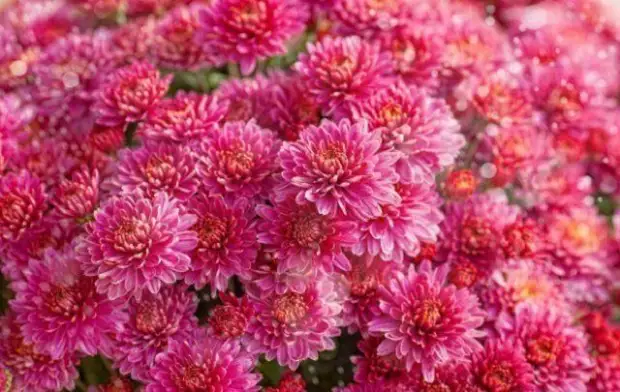
If the garden chrysant is not divided every 2-3 years, it can freeze, like gelenium. During the division, the maternal bush is digging, separated by several parts, the decenes are slightly disturb so that they become more loose, and plant on the flower beds at a distance of 30-40 cm. Garden chrysanthemum grows very quickly.
How to propagate the dometer
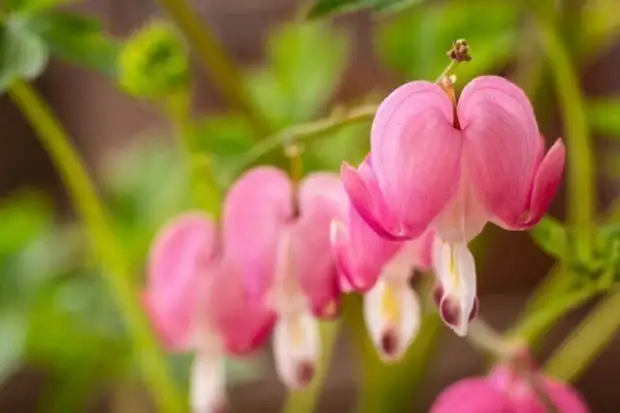
This plant needs to be replant and rejuvenated every 5-8 years in order not to lose magnificent flowering. It is usually done at the end of April - early May. The gorgeous dicentre has a fleshy, but a rather fragile rhizome, which deeply goes into the ground. It is very neatly digging, and before the division is slightly rolled in the air. A new plant is rooted long enough.
How to multiply anemone
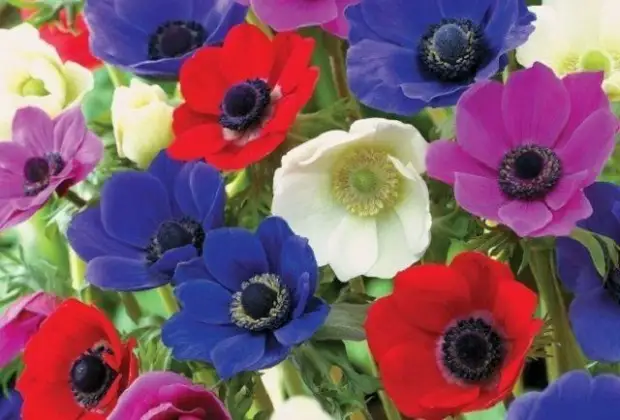
Japanese anemone badly tolerates digging with a transplant and leaving for a long time. It is better to breed it with root offspring. The rhizome of the anemone is horizontal and crawling, you will not have problems with the separation of root shoots. Young sprouts can be coated in a greenhouse, and then with a lump of land to plant on the flowerbed.
